At first glance, it seemed like any other Monday evening in Görlitz, the most eastern town in Germany — where Poland sits just across the river. It was July 31, and a couple hundred people had gathered as part of the so-called Monday demonstrations to protest refugees, the COVID-19 vaccine and the government’s green energy politics.
They carried banners that read “stop the flood of asylum seekers and the import of violence” and “we are the youth without a migration background.” Some clutched onto an inflatable balloon of German Health Minister Karl Lauterbach in convict clothes, insinuating he should be in prison over COVID-19 vaccine regulations and lockdowns. There were flags of the German empire and flags belonging to the far-right Alternative for Germany, or AfD, party, with the slogan “our country first.”
These Monday demonstrations have been taking place on a weekly basis in Görlitz since the beginning of the pandemic, with counter-protests being organized by the youth wing of the leftist Die Linke (Left Youth) party. Still, despite the usual events taking place, something was different this time.
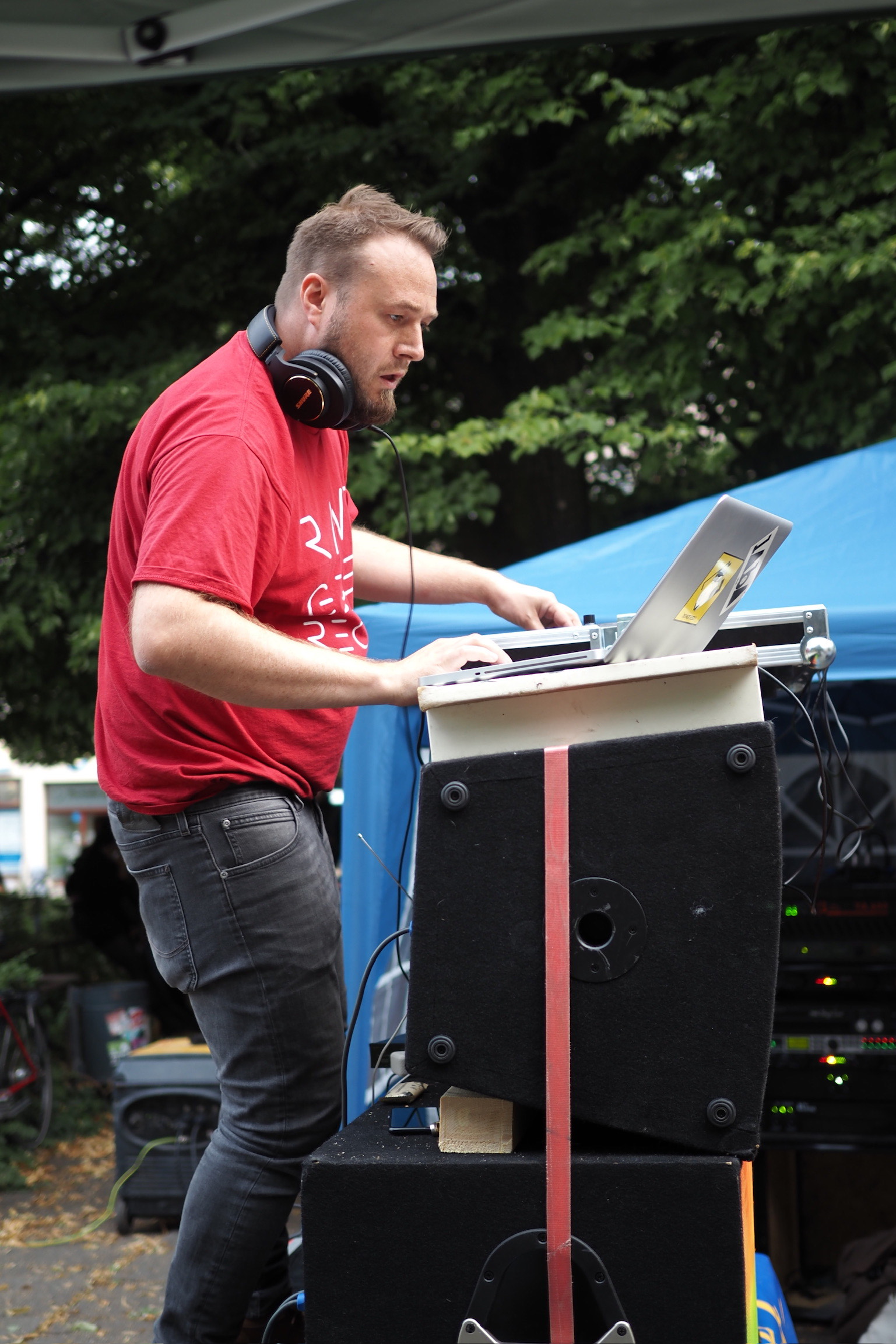
A colorful group of about 450 protesters jumped up and down to Daft Punk’s “One More Time.” There were no leftist party banners, no one protesting against anything. They were just celebrating diversity and democracy as a local disk jockey — DJ Marmuto — played some raving tunes. “At that time, it was about moving through the world as colorfully and as loudly as possible,” said Daniel Preißler, a local childcare manager and one of the people behind this surprisingly upbeat event dubbed “Rave Against the Right.”
Along with his co-organizers Maik Blessau and Monique Hänel, Preißler is part of the Görlitz Stays Colorful collective. The three friends co-founded the collective in 2019 during the town’s mayoral election, which was closely watched by the rest of Germany over concerns that it could elect the first AfD mayor in the country’s history. Horrified by this possibility — along with the apathy of the local population — the three activists decided to get organized. Soon their newly formed collective managed to attract 1,200 people on the streets in just three weeks. To their contentment, the AfD candidate did not end up winning the runoff election. Still, Görlitz was not spared far-right politics.
A year later, when locals were increasingly becoming dissatisfied with the government’s restrictions and lockdowns at the start of the COVID-19 pandemic, they gathered as part of the weekly Monday demonstrations. That quickly spiraled into other conspiracy theories and anti-immigrant hate, as people used refugees and other foreigners as scapegoats.
Previous Coverage
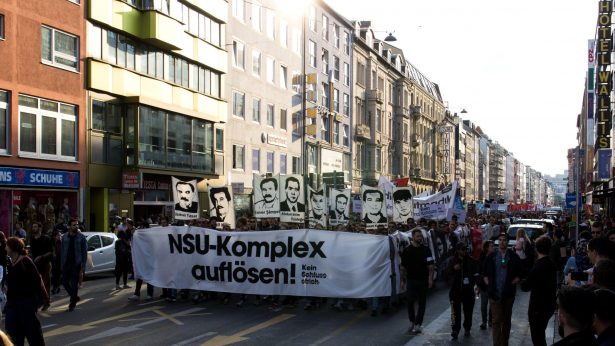 A growing anti-racist network takes on the rise of far-right politics in Germany
A growing anti-racist network takes on the rise of far-right politics in GermanyIn the summer of 2023, faced with a couple of hundred people gathering in the town center on a weekly basis to spew far-right hate, the Left Youth began organizing weekly counter-protests. But the turnout usually only amounted to 30-40 people. That’s when Hänel’s husband, DJ Marmuto, got creative and “Rave Against the Right” was born. “A pop culture event is one with a very low inhibition threshold,” Preißler said. “We didn’t want to create a counter event, but rather an alternative.”
They contacted the usual counter-protesters to organize a joint rave without any party flags. That way it would be clear they were open to receiving all types of people, which is exactly what ended up happening. Councilors from both the left-leaning Green Party as well as the conservative Christian Democratic Union, or CDU, showed up.
“[The CDU councilor] would certainly not have gone to an antifa demonstration,” said journalist Alexander Moritz, who covers the Saxony state for the German national radio channel Deutschlandfunk.
Another first-time counter-protester was Preißler’s mother, who he describes as “a completely apolitical person.” She came to the rave and was inspired to see so many people coming together to celebrate something positive. She has since gone to a couple of counter-protests and even brought her friends from church. She was one of the 17 people who wore T-shirts that spelled out “Görlitz Stays Colorful” in German.
A stronghold for the AfD
Just two weeks prior to the rave, unknown assailants — according to the anti-hate group RAA Sachsen — put up home-made posters with swastikas across Görlitz. “This classic everyday racism is very widespread here,” Preißler said. “It’s common to see someone wearing a shirt with forbidden signs. Or there’s a shirt from right-wing extremist bands. A Hitler salute is shown. That’s always there.”
On the day of the rave, the Monday demonstrators listened to speakers spewing anti-immigrant and anti-vaccine rhetoric, as well as climate disinformation. “They only bring criminal terrorists and warmongering here,” said Leo Lange, one of the frequent speakers at the Monday demonstrations. People applauded as he spread climate lies like humans are responsible for “only 5 percent [of CO2]” and nationalist catchphrases like “we protect the homeland because it belongs to the people, because it belongs to our people.”
Another speaker, Annett Bachmann, from the nearby town of Hirschfelde spoke against the government’s plan of turning an old spinning mill into a refugee home. “We as citizens have shown [the local CDU politician Stephan Meyer] with our protest that we are against the further admission of refugees in our area, not only in Hirschfelde but, in general, in Upper Lusatia or Saxony,” she said as the crowd cheered.
When the speeches finished and the Monday demonstrators walked through the town, passing by the rave, the crowd of colorfully-dressed protesters kept their backs turned and started making more noise, as planned. While they celebrated and danced, the Monday demonstrators chanted back at them “antifa, sons of bitches” and “without police protection, you wouldn’t even be here.”
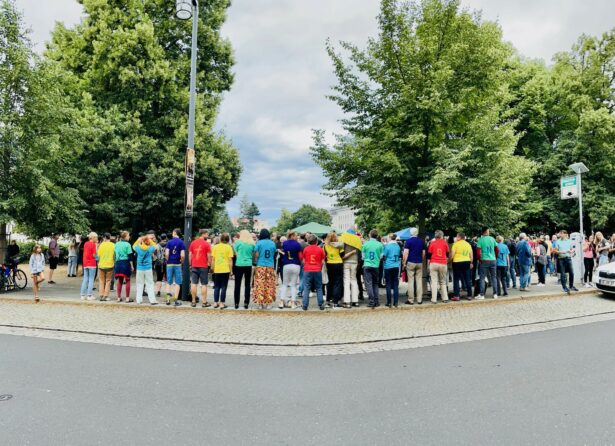
The Monday demonstrations — by name — actually have a long history, dating back to pre-unification Germany, when east Germans would protest the authoritarian German Democratic Republic government. But they have since taken a dark turn. They often include informational stands from far-right political parties like the AfD and the Free Saxony party, which fights for the independence of the state of Saxony from Germany.
The AfD was founded in 2013, with an anti-European Union approach, but quickly became an anti-immigration party, using racist rhetoric against Muslims, migrants and refugees, as well as hate against the LGBTQIA+ community and women. Its leaders have trivialized the Holocaust, claimed migrants should be shot or gassed, and been tied to the 2022 coup plot. The party also made headlines in 2019 after several AfD lawmakers walked out of a speech given by a Holocaust survivor who accused the party of downplaying Nazi crimes in the Bavarian parliament.
The 2017 general elections shocked the whole world, as the AfD garnered 13 percent of the vote in a country still atoning for its Nazi past. Ninety-four AfD lawmakers were allowed to join the German parliament, marking the first time since the 1960s that the parliament had representatives from a far-right party. Despite losing support over the following years, as people’s attention shifted from refugees to the COVID-19 pandemic, AfD has been making a comeback, by focusing on anti-vaccine and anti-lockdown politics.
It recently polled at 22 percent, effectively making it the country’s second-largest party. And while Görlitz may have avoided becoming the first German town with an AfD mayor, 36 percent of residents voted to reelect AfD politician Tino Chrupalla to represent the district during the 2021 parliamentary elections. This was the highest percentage of AfD support in any German district. And since Chrupalla is also the federal party chairman, “both the city and especially the area around Görlitz,” according to Moritz, “are actually a stronghold for the AfD.”
In the neighboring town of Ostritz, which is part of the Görlitz district, the highly contested Neo-Nazi “Sword and Shield” festival is held each year to commemorate the birth of Hitler. A local attendee was recently charged for yelling “Heil Hitler,” and it is common to see attendees wearing shirts that read “Adolf was the best” and “Security Services: Aryan Brotherhood.”
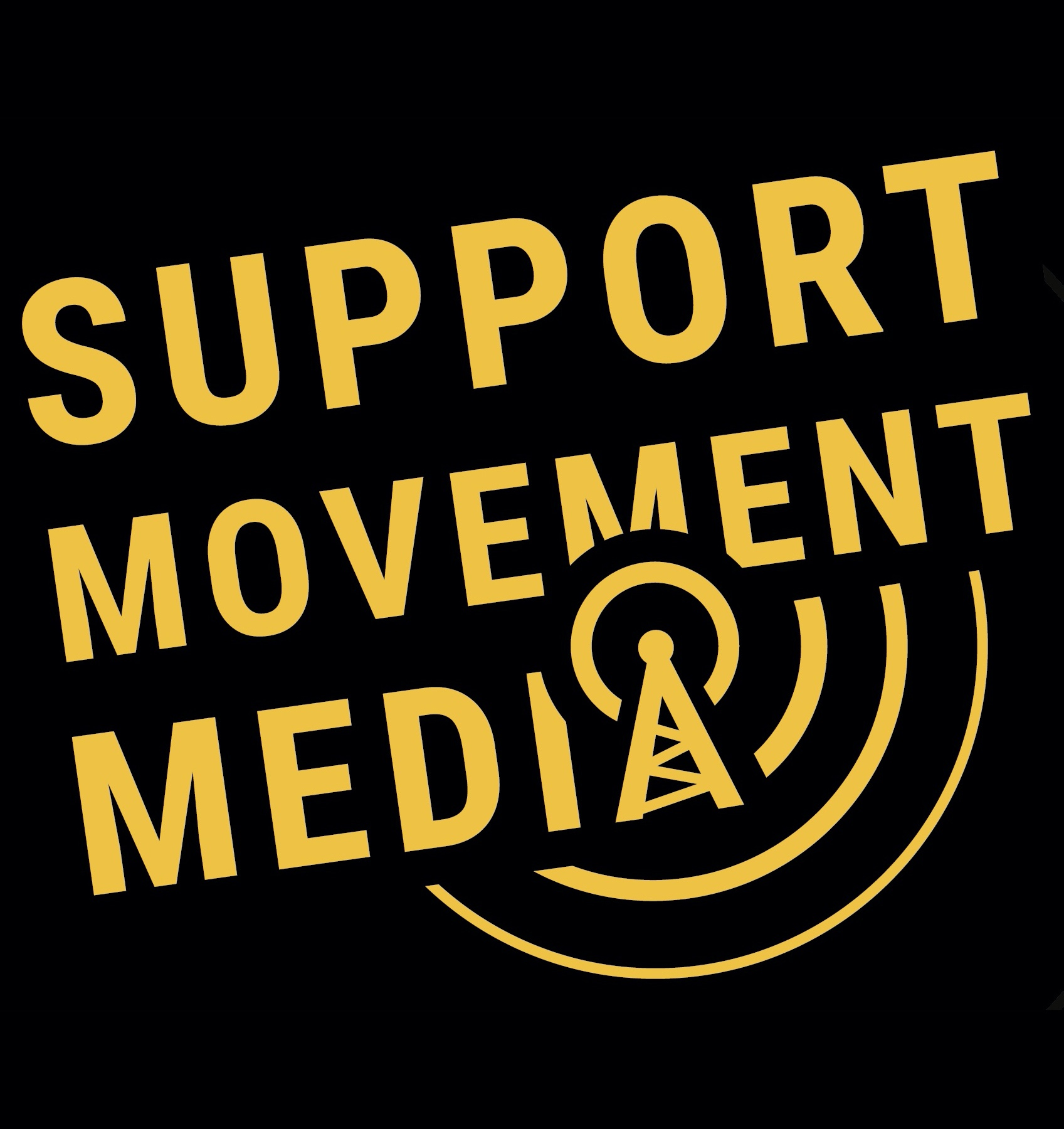
Support Us
Waging Nonviolence depends on reader support. Become a sustaining monthly donor today!
DonateA diverse and strong opposition
Many have speculated about what has fueled this rightward shift in eastern Germany. Some blame the former East German government’s failure to adopt a culture of remembrance for Germany’s Nazi past in education and public life. Since it considered itself an antifascist state, it did not believe that the kind of atonement that took place in western Germany was necessary.
Another explanation has to do with its economy. After German reunification in 1990, unemployment in Görlitz increased, and the sense of economic security that was present under the former East German government faded away. As the youth increasingly flocked to other parts of the now unified country, the local population fell by a quarter and the median age rose to 53. People report feeling excluded by Berlin’s politics, which they believe focuses too much on the climate crisis, when all they worry about is unemployment, depopulation and old-age poverty.
“People are just dissatisfied, and when they are dissatisfied, they look for an outlet and then they look for someone to dump their anger on,” Green Park spokesperson and Görlitz counter-protester Caroline Renner told Al Jazeera. “The AfD simply used that, and said there is an enemy here, these are the foreigners.”
But Görlitz is not just “blue or brown,” as Preißler describes it — with blue referring to the AfD and brown referring to the Nazis. There’s also a hip, young and alternative community. In fact, Görlitz Stays Colorful has been networking with other leftist groups and cultural centers in the area, like Zittau Stays Colorful, the Osfritz Peace Festival (which emerged in response to the Neo-Nazi festival) and the cultural center Rabryka.
Two weeks after the rave, Görlitz Stays Colorful organized another pop culture counter-protest. There were soap bubbles, cotton candy and popcorn, and a crowd of 100 people came out — more than double the usual size. Given the presence of families with children, when the Monday demonstrators walked by, they didn’t pull out their middle fingers or yell things, as they often do. “That was very positive to see that there are still a lot of people in there who haven’t lost their hearts,” Preißler said. “They buried it somewhere under blue rubble, but they haven’t lost it.”
Previous Coverage
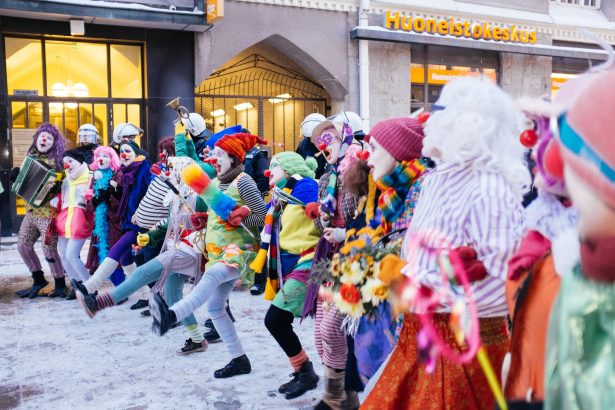 Why Nazis are so afraid of these clowns
Why Nazis are so afraid of these clownsThe collective is now planning to host similar pop culture events as well as satirical protests to attract bigger crowds. They’re also planning on hosting a “democracy snack,” where people come to voice their opinions on different topics, while eating bread and butter. “The idea is to learn democracy-making again at a very basic level,” Preißler said. “We want to bring people together who still have faith in our democracy. … Democracy is exhausting and tedious, but worthwhile.”
What helps fight the tedium is making sure demonstrators are enjoying themselves, which may be why Görlitz Stays Colorful has been so successful in bringing larger crowds to its pop culture protests. Raving to Oliver Tree & Robin Schulz’s “Miss You” in a diverse group of people with colorful clothing — while ignoring a crowd of far-right protesters — is not only more fun than angrily counter-protesting, but may even be more effective.
The rave and the soap bubble event, after all, brought together a diverse group of people: families with children, older people, people from different political parties, apolitical people, churchgoers and atheists. The result was a strong opposition, formed not simply out of opposition but by celebrating and creating alternatives.
